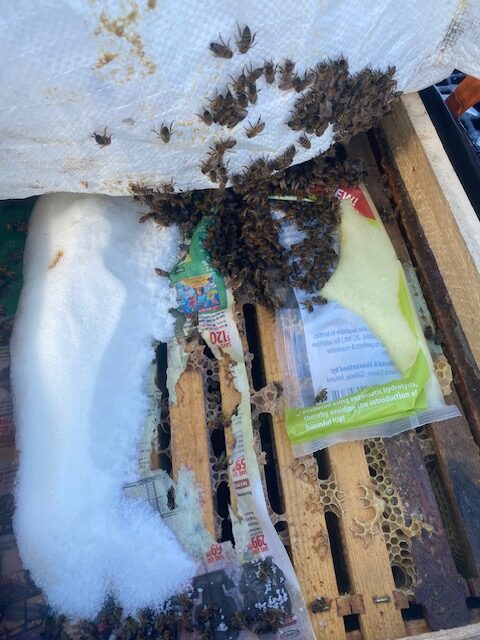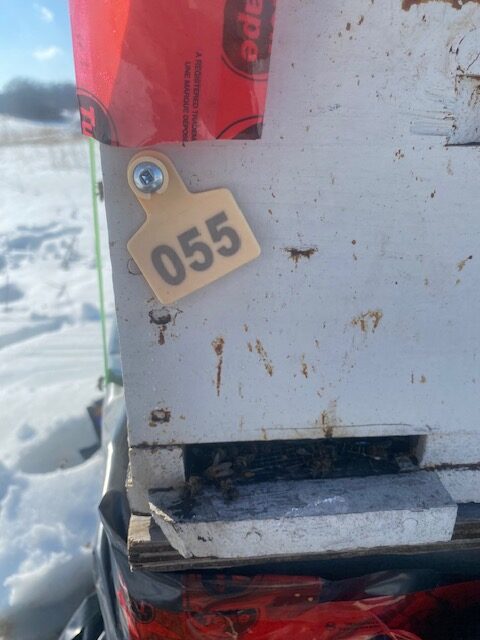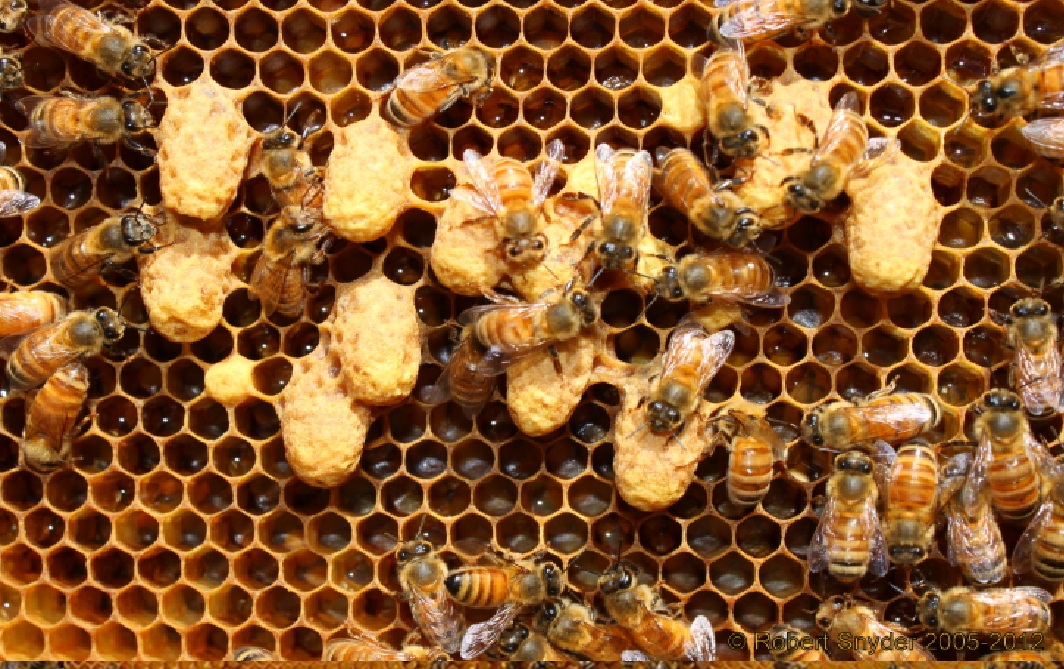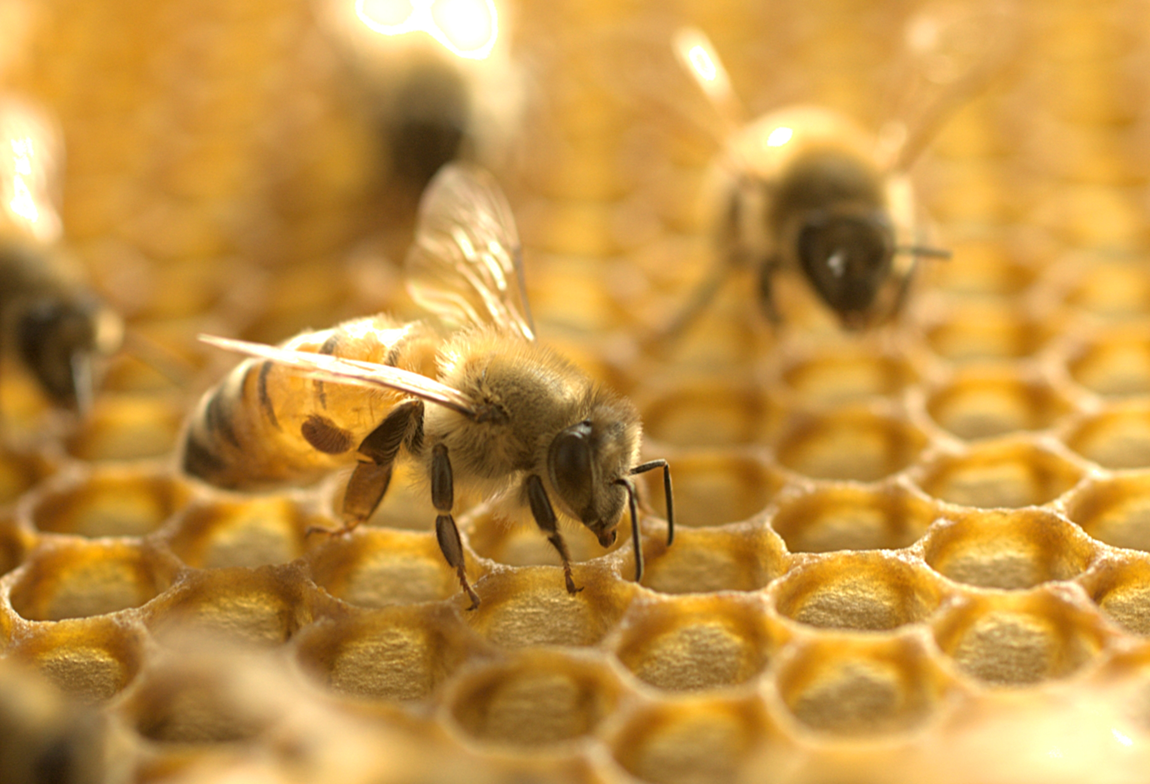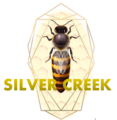Beekeeper Timeline
Honey bee calendar is just a rough timeline that a new beekeeper can follow. It is by no means a blueprint for beekeeping success for everyone. This is our basic, most common strategy. Even we need to follow different patterns in different bee yards.
Example, in our breeding yards we are in the hives weekly. In our production yards we are only in them bi-weekly until the swarm season is over, because we need to make sure the Demaree hives are not hatching out virgin queens.
Another example, we are in the hives near Lake Erie in Early April, but if we were to open the hives in Dorchester (30-40 minutes north) that early we would cause problems.
This strategy also doesn’t take in account when the pollen starts, when the dearth happens, or short and long winters.
January
This is when the queen starts to lay. There are several warm days in our area when the bees might be out on cleansing flights.
We normally use the Instavap to treat the hives on a warm day to knock down any varroa mites overwintering (and feeding) off the bees.
February
February is a fairly cold and wet month. If there is a warm day when the cluster (tight clump of bees that overwinter) is loosened up and moving around the hive, we will treat with oxalic acid again.
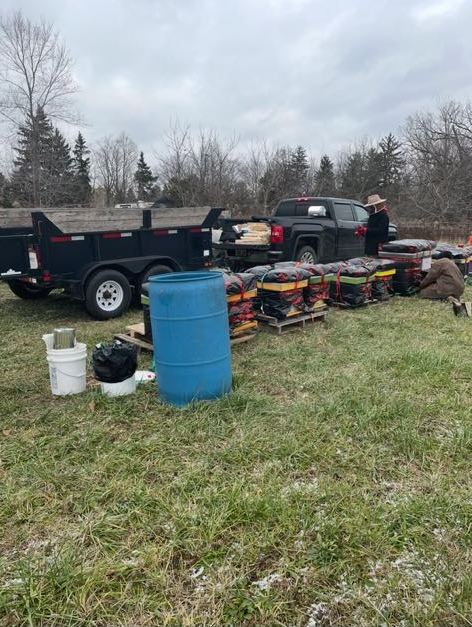
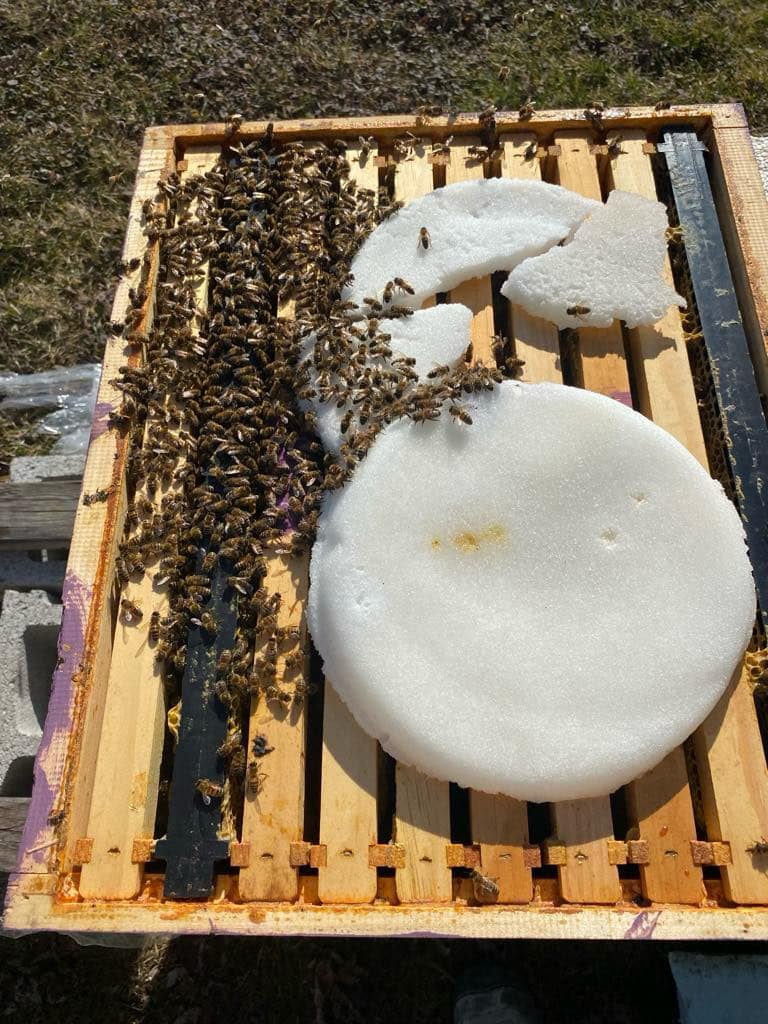
March
This is when most bees starve. The weather is warm, so they are flying. Pollen starts to come out so they start to raise brood, but there is cold snaps and/or rain so the bees are protein stressed (lack pollen) and this can speed up the starving.
Most beekeeper that we know will start to feed at this time of year. Some feed pollen, others do not. We make our own pollen patties for this time of year with no sugar in them. We do not want the bees using them unless there is a dearth due to bad weather, or cold snaps. Then, we want the bees to feed on the pollen patty, not the larva.
Near the end of March we will treat with Formic.
If we purchased packages they will come in the last week of March, and the first week of April.
This should take you 10 minutes for 2 hives.
April Week 1 and Week 2
Early April things start to build up. We will go to the production yards and look for the hives that overwintered the best, and we will combine these.
We are checking feed, and removing the formic. We are also balancing brood. If a hive is a little weak on brood, but still has a lot of bees to keep more brood warm, then we will put in a frame of capped brood.
Yes, this weakens a strong hive, but in a few weeks they will build up to swarm so we are not worried.
We will give nucs, and the weaker hives sugar water, 1:25 – 1:50. This promotes building comb and brood. Production hives will receive no feed. But, if they are weak we will consider whether to replace the queen, or pinch her and combine the hive with another hive.
We still keep our hives wrapped. ‘It’s all about the heat.’ Bees cannot keep a hive at 91degrees in a cold snap in April unless the hive is wrapped.
In April we also start to watch for predators. This is the time of year raccoons will try to pull over our hives, or pull the entrance reducers out and try to chew into the hives.
In honey bee calendar april is also the time to watch for high winds blowing into the entrance.
If a hive is exploding, building out lots of comb, and lots of brood then we will add a honey super. BUT! You need to still worry about shock if the weather turns cold. So, when we add
April Week 3-4
There should be a lot of activity around the hive. They should have built up and be building up comb and filling it with honey.
As long as the hives are building up nice, leave them alone.
I would pull off any pollen patties that have been left before they attract bugs, or small hive beetles.
Other hives should be ready for a second deep box. If the hive is exploding, I will add another brood box so the queen has room to lay. If the hive is strong and building up honey, then we will add a box. It is now warm enough that we will add boxes to the top.
We will start adding queen excluders.
May Week 1-2
We will do a major check for mites. There should be almost none. If there is, we will pull the honey supers and treat with oxalic acid. Or, we will use Formic Pro.
This is the time in honey bee calendar that we start making Demaree splits. It is warm enough that we are not afraid to separate brood. Exactly 10 days later we check the top box for queen cells. It is important to check carefully so you do not miss a queen cell.
There are a lot of people who say ‘Don’t go into your hives unless they need it.’ The problem is, how are you going to know if there is a problem if you don’t go into your hives?
For a new beekeeper I suggest once every 2 weeks. Check for the following:
Basic Hive Inspection
- It in front of the hive and watch. Are the bees coming back with pollen on their legs? Are they coming back looking busy but calm. Do you hear a quiet, content hum. If there is something wrong, there will be an angriness to the hum.
- SDoes the queen have room to lay? She will not lay on the outside 2 – 3 frames, so you want at least 4 frames of brood. She also likes to lay going up. If you want to increase the bees you have, move the brood to the bottom of the box, and put drawn out comb on either side, and above it.
- Next, make sure there is no diseases in the hive. Chalk brood is the one we see the most.
- Are there more bees than last time you looked?
- Do you see eggs, young larva, and capped brood? You do not need to see the queen if there are ‘all stages’ of brood. If there is not all stages of brood, they ‘might’ be thinking of swarming. Or, there is a problem with the queen.
- Do you need to add another box for honey? You do not want them to be honey bound. Always make sure there is open comb to put honey in.
- Does the queen need another brood box?
- Do you need to prevent a swarm?
- Are there any queen cells. (do not worry about queen cups that have no larva or eggs in them.)
This should not take more than 10 minutes.
In honey bee calendar this pattern is repeated every 10 to 14 days until June 13.
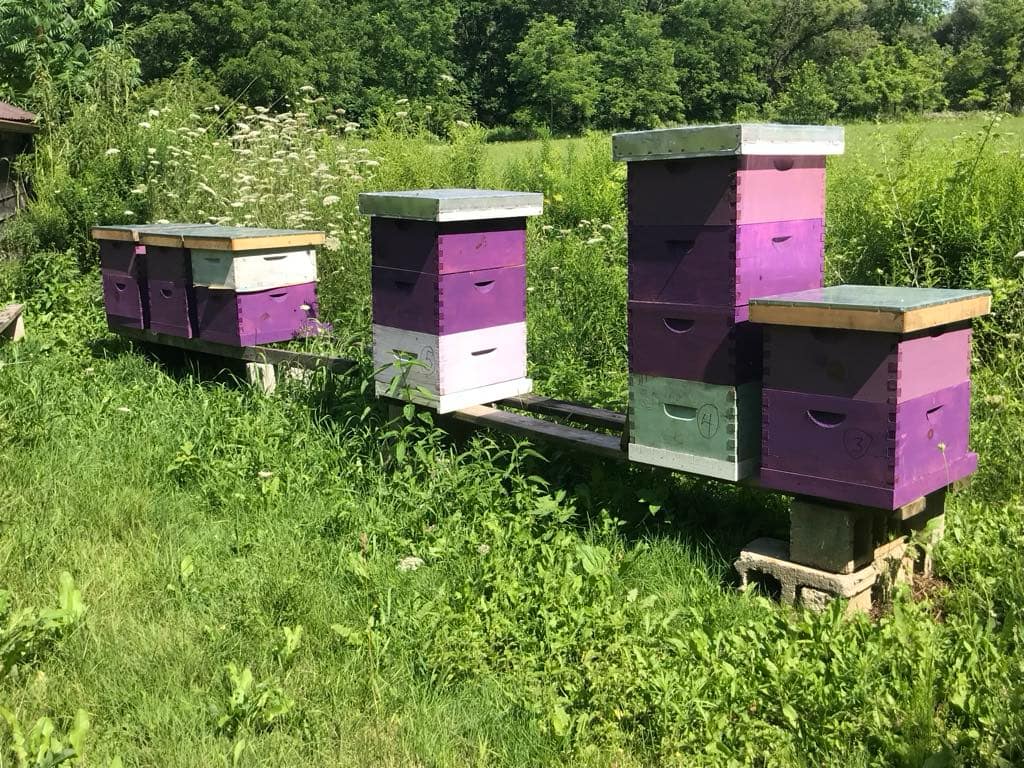
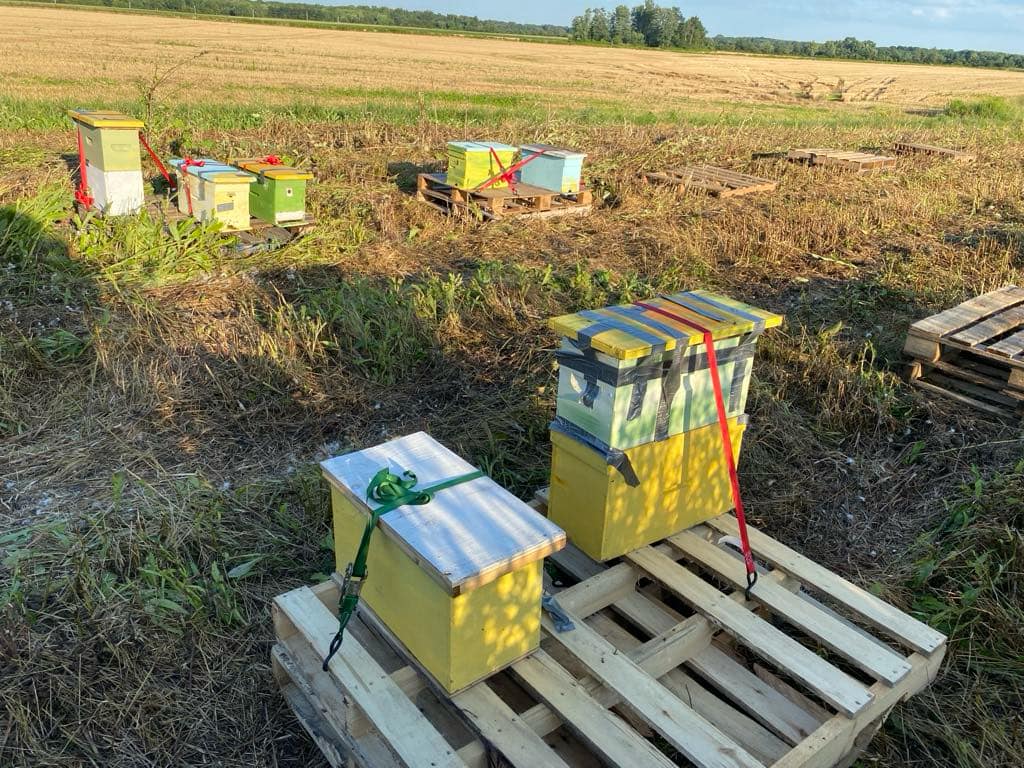
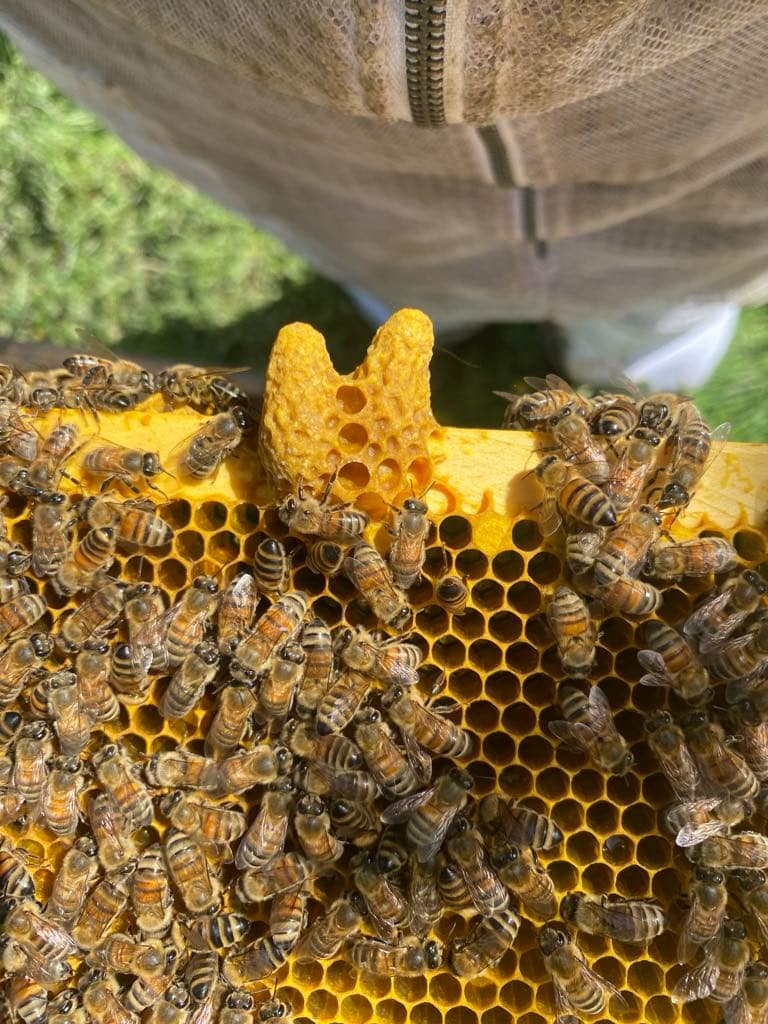
May 15 –
We find that our mite counts are still low but we will treat between May 15 and June 7 to keep them low.
The bees are 100% in the middle of swarm season for the next 4 – 6 weeks. By the time you see queen cells it is too late, they are preparing to swarm.
Before we see queen cells:
- We do Demaree splits, or, reverse the boxes putting the brood on the bottom and an on top so she has a place to lay.
- We split out hives, removing brood and making nucs or other hives. This only works if you have drawn comb to replace the brood frames that you remove.
- Or, add another box.
After we see a queen cell:
- If you have more than one hive, split the hive, with young brood in each box. This way you have 2 chances of a new queen. If only one produces a laying queen, combine the hives again.
- They have already decided to swarm. Make sure there are supersedure cells and let them continue to requeen themselves. Not the best option, but it is done.
- Knock them back into a smaller box and let them rebuild.
Continue with inspections. This should take you 30 – 60 minutes
June 20 – Summer Solstice to August 10
In honey bee Calendar after summer solstice most queens will slow down. The bees will typically not build comb as much, and there will less brood, and even brood breaks.
Hives may still swarm.
We remove the spring honey, and treat the hives every 4 days for 1 month with oxalic acid.
We inspect only 2x in July and 2x in August.
August 10 to September 10
The Dearth. There is no pollen until the golden rod blooms. The bees will be stressed. It is important to protect them from wasps, and stop other hives from robbing yours.
There will also be a build up of Varroa Mites. It is important to do mite washes, and to treat.
We feed just enough syrup in this phase that the bees are not building up honey, but they are not stressed.
We also feed a high-quality pollen patty because this is when winter bees are typically born. It is important to give them the best start possible
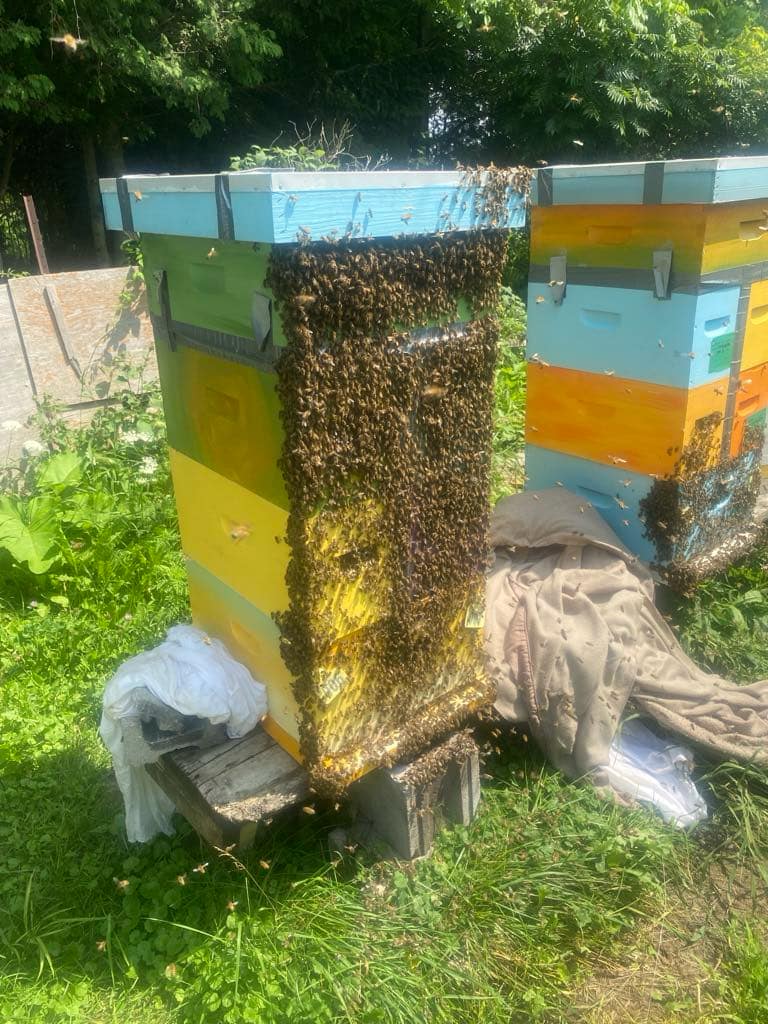
September 10 – October 10
Golden Rod flow is on. Let them have this honey. Feed them to let them fill their hives with as much honey as possible.
October 30.
Wrap hives
November 30
If it has been a warm fall you may need to feed fondant. And they are ready for the winter.

